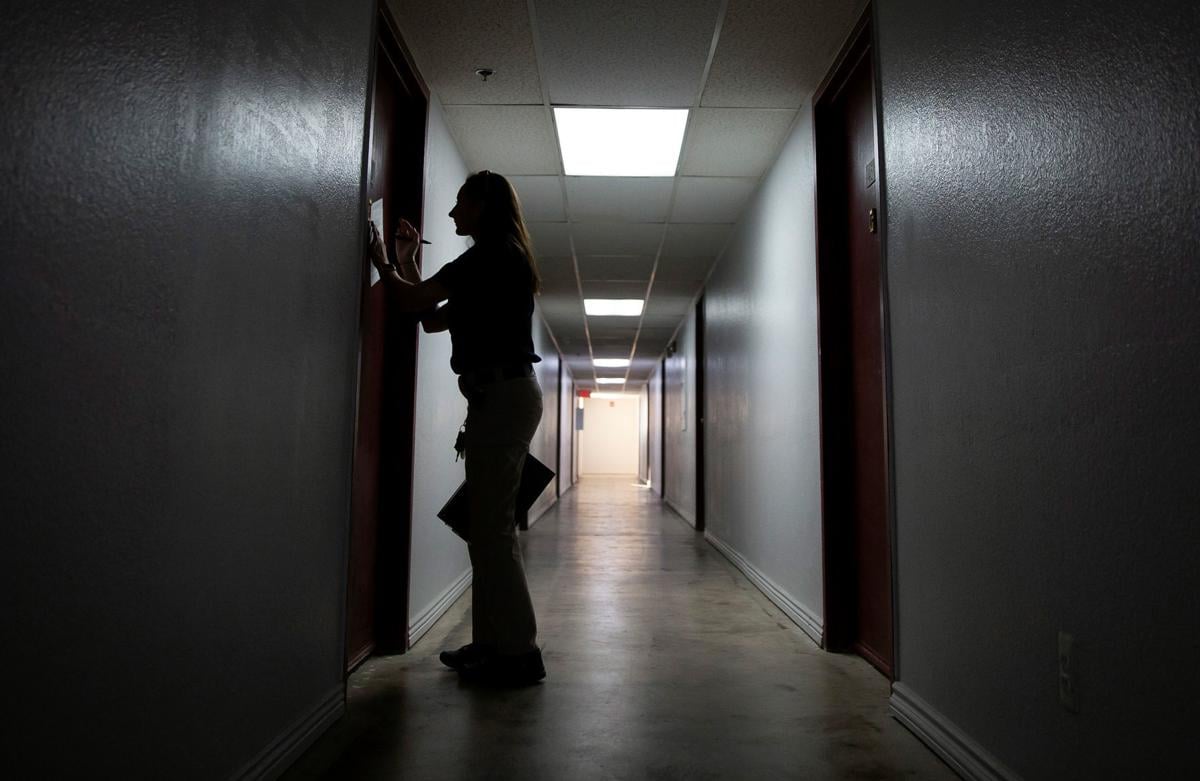Pima County is covered by the new federal moratorium on evictions announced Tuesday because it has “substantial” spread of COVID-19, according to a Centers for Disease Control and Prevention map.
The 60-day, limited and targeted moratorium applies to counties the CDC rates as having substantial or high transmission rates of COVID-19.
There have been 16,160 requests made in Pima County for eviction prevention funds. Of those, 3,234 requests have been fulfilled so far, at a total of $15.8 million in government funds.
Tuesday’s announcement could be a “death blow” for mom-and-pop rental owners across Arizona, said Courtney Gilstrap LeVinus, president of the Arizona Multihousing Association.
“The U.S. Supreme Court last month issued a ruling making it abundantly clear that the eviction moratorium is unconstitutional,” she said. “It’s shocking that President Biden would ignore that ruling and again force property owners — many of whom have not been paid rent in 17 months — to face financial jeopardy and potential bankruptcy.”
The problem, LeVinus said, is that Arizona’s cities and town have distributed less than $90 million of the $922 million received statewide for eviction relief.
“How long are private property owners going to be forced to bear the burden of this pandemic expense, meanwhile receiving virtually no help at all from a broken government system that has failed mightily at disbursing vital relief funds?” she said.
But Kristen Randall, the presiding Pima County constable, said experiencing two days without a moratorium — Monday and Tuesday of this week — showed that the situation was highly stressful.
“Even though this lapse was only two days long, countless families texted, emailed and called to find out if their rental assistance was going to get to their landlord quick enough, when they would be evicted, where they could go, and what to do about the delta variant,” she said, explaining some were afraid they would become homeless and vulnerable to getting COVID-19.
What’s needed now is a stronger focus on a “Plan B,” Randall said.
“With shelters already at capacity, we have no room for families whose rental assistance did not get paid out in time,” she said. “With the time granted by the extension of the moratorium, we should be identifying where the gaps are in our social safety nets and preparing them for the inevitable final days of the eviction delay.”
Reducing the number of families being sent to crowded shelters following evictions will also help slow the spread of COVID and the variant, Randall said, which she believes is an important consideration as “Arizona sees numbers increase at a concerning rate.”





